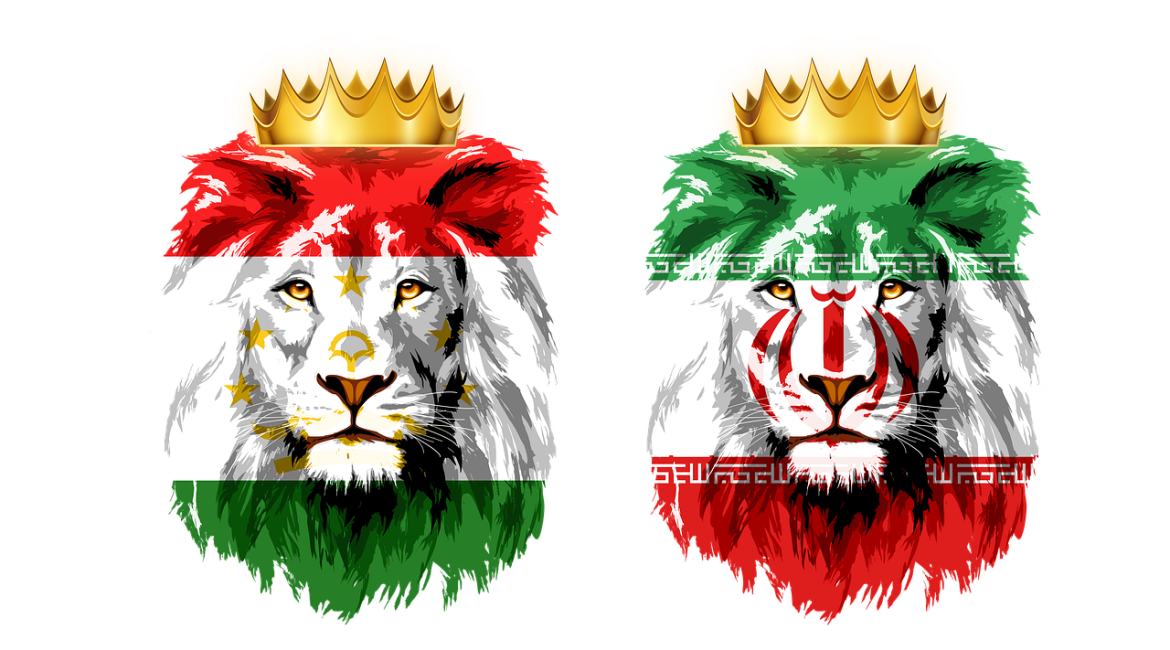The death of Iranian President Ebrahim Raisi opened the door once again to discussing the nature of the Iranian political system and the possibilities of reforming it. The truth is that the basic features of the Iranian political system, and its problem as well, lies in the duality that exists within the executive authority between the Supreme Leader and the President of the Republic.
The first is the actual leader of the country and the most powerful center of power in Iran. He is the commander-in-chief of the armed forces in all its branches, and he has the right to declare war and peace, mobilize the armed forces, and appoint and dismiss 6 members of the Scholar Guardian Council, the head of the judiciary, and the supreme commander of the Revolutionary Guards. The Supreme Leader also has representatives in every important ministry or government institution, and they intervene in all state affairs. The parallel foreign policy practiced by the Guide is based on the cultural offices of the Iranian embassies, which report directly to him, and are responsible for delivering financial support to “friendly” Islamic movements around the world, bypassing the President of the Republic and the Minister of Foreign Affairs.
Certainly, the powers of the Guide are greater than those of the President of the Republic, and this is a problem that some have focused by criticizing the fact that the Guide is a cleric. The question is: Is it possible to gradually reduce the powers of the Guide, especially with indications that the next guide, whatever his name, will lose the luster and popular presence that the leader of the revolution, Khomeini, enjoyed, and that his presence outside the religious field or far from the tools of absolute power is declining?
Definitely, there has been a focus over four decades on protests, as a way to “overthrow the regime of the Spiritual Guardian,” since the protests against Hossein Mousavi’s loss of the presidential elections in 2009, until the 2022 protests around the killing of the Mahsa Amini in a police station, after she was arrested by the “moral police”, under the pretext that she did not wear the hijab “appropriately.”
So, the theory of estrangement and overthrowing the regime did not succeed in Iran despite the many protests it witnessed. This is a historical path in the cultural and political sense that will not be decided overnight for the Iranian reality and the political culture in this country.
In Britain, like many constitutional monarchies, royal authority is seen as “above the ruling authority,” in which the king’s powers expand in times of crises and major wars, and he is a guarantor of the existing system from the deviation of the government and executive authority. Certainly, there is no relationship between the history of the regime in Iran and the history of the monarchy in Britain, but the essence of the idea is that reforming and even changing most of the political systems in the world was not accomplished by cutting off necks, as happened in the French Revolution (1789) and the communist revolutions, or by creating a dramatic rupture.
The future of the Iranian political system and its reform will depend on the Supreme Leader content with being barely a spiritual leader who guides people to religious values in accordance with Shiite culture, and for the president elected in free competitive elections to be the "de facto" ruler of the country.

